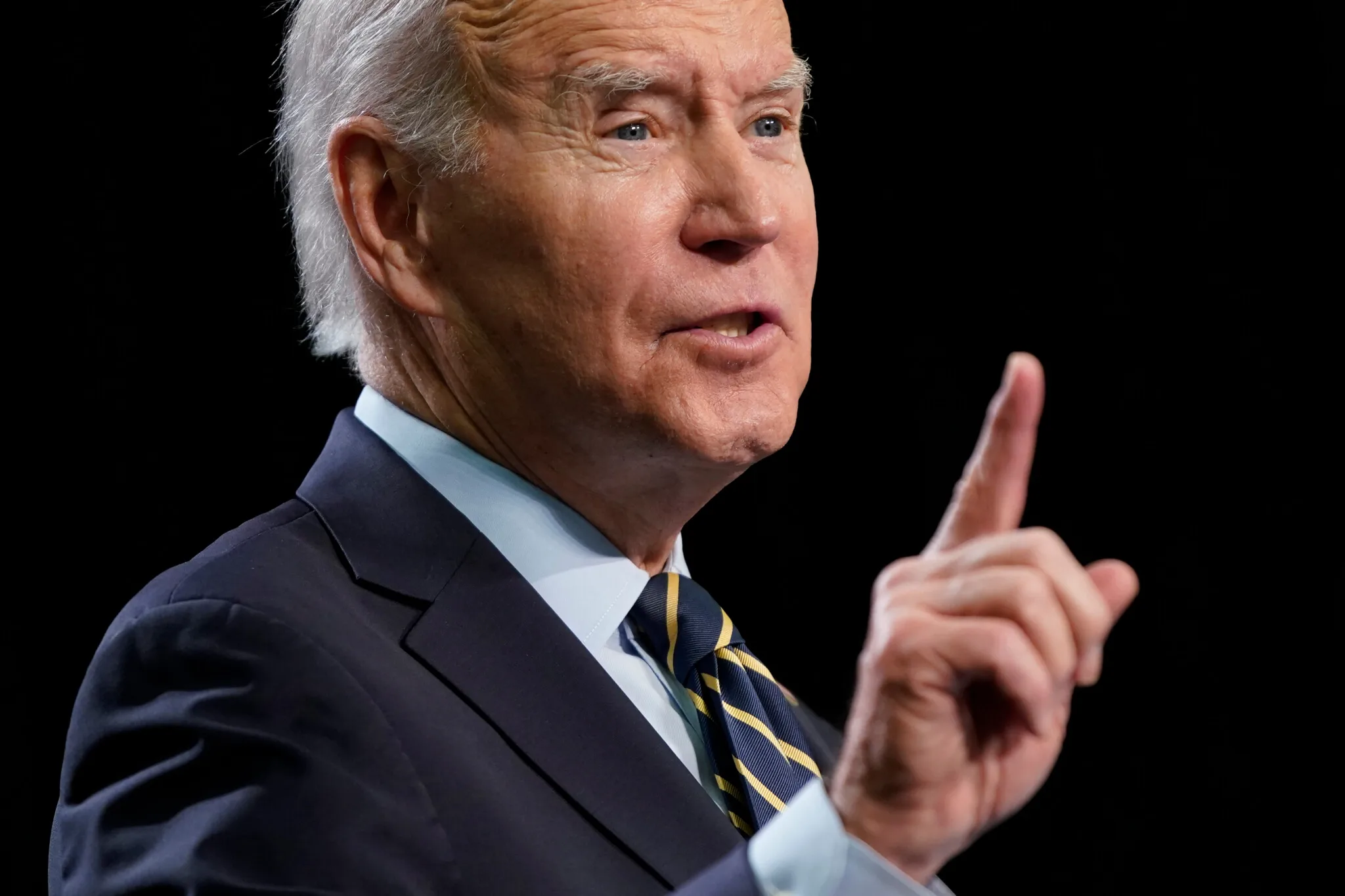
President Joe Biden speaks about his administration's plans to lower prescription drug costs and protect Social Security and Medicare, Nov. 5, 2022, in Joliet, Ill. The Biden administration says the manufacturers of all of the first 10 prescription drugs it selected for Medicare’s first price negotiations have agreed to participate. Tuesday's announcement clears the way for talks that could lower their costs in coming years and gives the White House a potential political win heading into next year’s presidential election. (AP Photo/Patrick Semansky, File)
One year ago today, the Inflation Reduction Act (IRA) was signed into law.
The legislation represented the largest-ever investment in fighting climate change, lowered health care and prescription drug costs, raised taxes on corporations, and boosted funding for the Internal Revenue Service to go after wealthy tax cheats.
The bill was passed with only Democratic votes—including those of Sen. Mark Kelly and Rep. Ruben Gallego—with every Republican in Congress voting against it, despite its potentially transformative impact on the economy and the nation’s clean energy infrastructure.
“The Inflation Reduction Act was one of the most consequential pieces of legislation passed in decades, and in just one year it’s already paying huge dividends for the American people, for our economy, and for our climate,” Senate Majority Leader Chuck Schumer (D-NY) said in a statement. “Democrats are proud of the progress we’ve made in implementing our agenda, and we will keep working until every American feels the benefits.”
Here are some highlights of how the Inflation Reduction Act has impacted Arizona:
Lower Health Care and Prescription Drug Costs
The Inflation Reduction Act extended generous subsidies that helped make Affordable Care Act (ACA) health insurance plans more affordable for working- and middle-class families.
Those subsidies were introduced as part of Biden’s American Rescue Plan of 2021, and were set to expire at the end of last year, but the IRA extended them through the end of 2025.
Roughly 41,000 Arizonans were set to lose their individual coverage and become uninsured had those subsidies expired at the end of 2022, but thanks to the Inflation Reduction Act, those people got to keep their insurance.
The IRA also reformed Medicare to lower drug costs for many of the roughly 1.1 million Arizona seniors with Medicare Part D coverage, which covers prescription drugs.
For example, beginning this past January, all vaccines covered under Medicare Part D are free, and the bill implemented a $35 monthly cap on insulin for Medicare recipients.
As a result, over 28,000 Arizona seniors on Medicare who use insulin are now charged no more than $35 per month for an insulin prescription.
The IRA will also implement a $2,000 cap on Medicare recipients’ annual out-of-pocket prescription drug costs, beginning in 2025. In Arizona, an estimated 389,000 seniors are expected to save $380 a year each due to this provision, according to an analysis by the US Department of Health and Human Services.
Fighting Climate Change and Saving Families Money on Energy
Arguably the most critical element of the IRA is its provisions to reduce emissions that cause climate change and drive extreme weather events. The law aims to do this by establishing a mix of tax credits for companies and rebates for consumers in order to make the manufacturing and consumption of clean energy technologies and products cheaper.
In other words: by making clean energy—like solar, wind, and hydropower—cheaper to produce and use, the IRA seeks to hasten the transition away from fossil fuels that are one of the biggest sources of emissions.
For example, under the law, manufacturers get subsidies for building electric vehicles (EVs) and renewable energy products, and utilities get credits for choosing solar and wind energy over fossil fuel plants.
The law’s various measures are expected to lead to a clean energy jobs boom and the IRA could create up to nine million jobs over the next decade. In Arizona, the IRA could create as many as 27,210 jobs by 2030, according to data from the Rocky Mountain Institute.
In Arizona, several manufacturers have already taken advantage of the IRA’s incentives.
LG Energy Solution, a South Korean battery manufacturer, announced earlier this year that it would quadruple its planned investment in a new factory near Phoenix to meet a growing demand from automakers to ramp up production of electric vehicles. The investment will now total $5.5 billion, and the company plans to make batteries for electric vehicles in 2025 and for energy storage systems in 2026.
Kore Power, Inc., a battery cell developer, is also in the process of building a lithium-ion battery factory in Buckeye. In June, the US Department of Energy gave the company a federal loan of $850 million to build the facility. The factory will make high-density cells, which are designed for use in transportation and stationary energy storage once production begins in late 2024, or early 2025. Once operational, the company says it will hire 3,000 full-time employees.
The IRA also provided $80 billion in financial rebates for millions of households to adopt those clean energy products, such as electric vehicles, solar panels, and more efficient heat pumps.
If consumers claim all the subsidies offered in the law, they could save more than $1,800 on their annual energy bill on average, according to an analysis by Rewiring America, a climate analysis group.
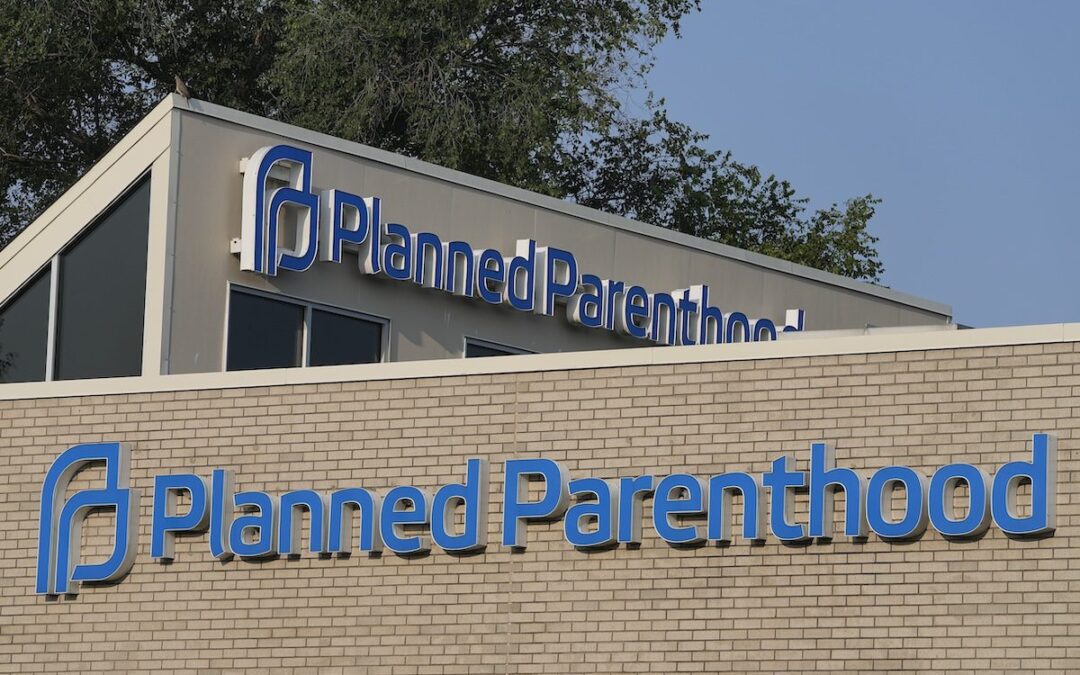
States can cut off Medicaid funding to Planned Parenthood, the Supreme Court rules
The ruling authored by Justice Neil Gorsuch and joined by the rest of the court's conservatives could have broader implications for Medicaid...
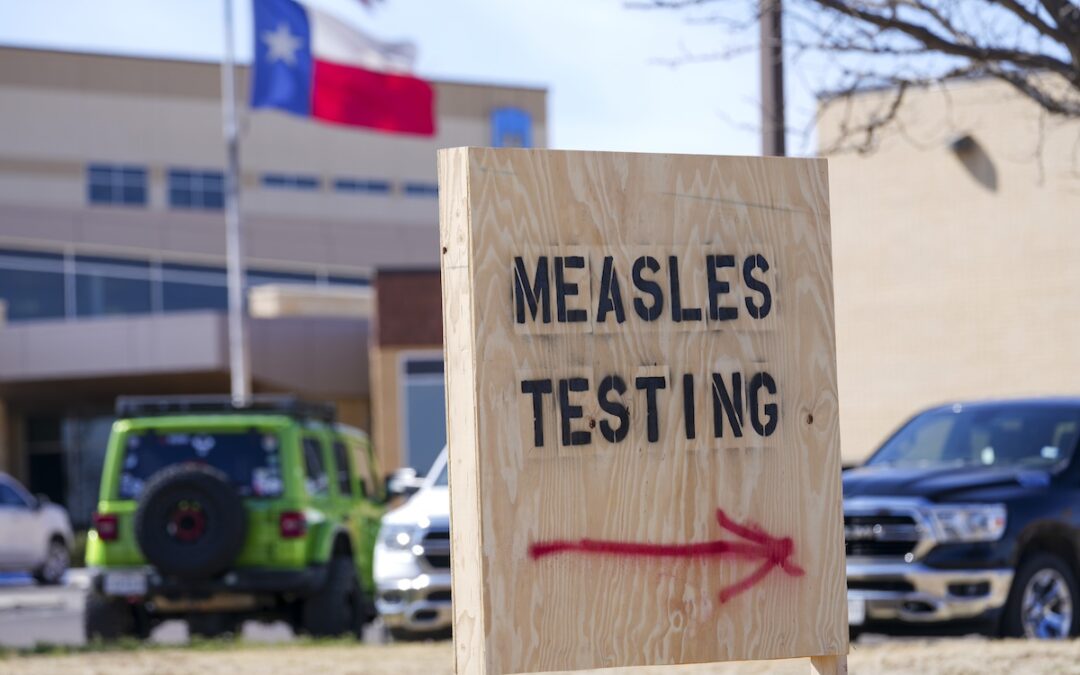
Arizona officials confirm measles outbreak in Navajo County
Health officials in Arizona say there are four linked measles cases in Navajo County, marking the state's first outbreak this year. The U.S. logged...
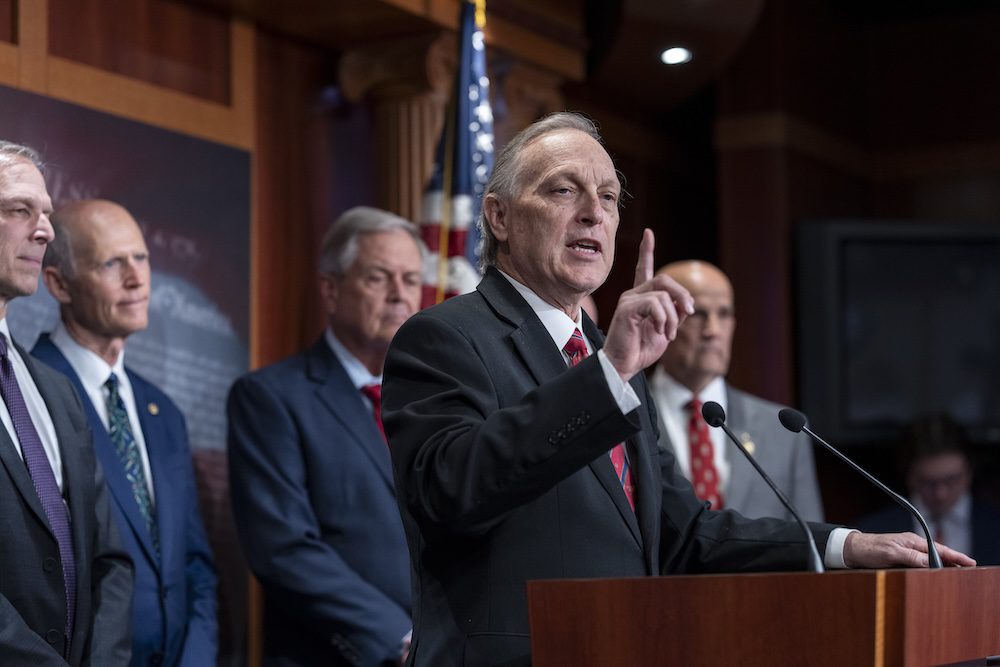
Republicans’ Medicaid cuts pit working Arizonans against the ultra wealthy
An Arizona nurse sounds the alarm about a new Republican budget proposal that will strip hundreds of billions of dollars from Medicaid while...
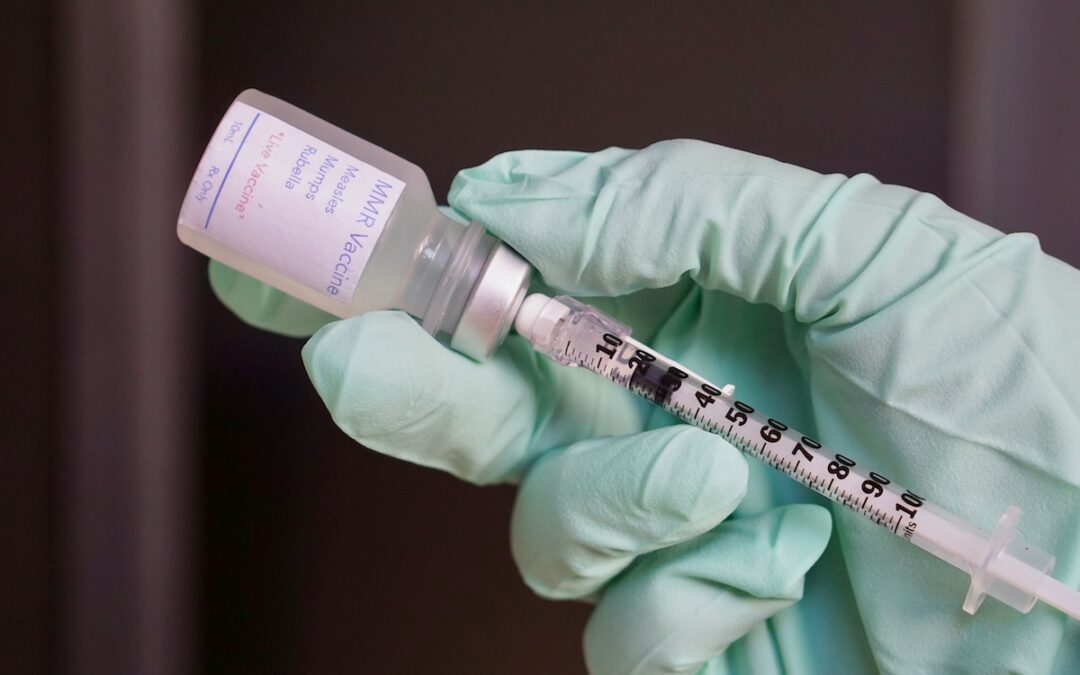
As measles spreads, vaccination rates continue to decline
Gila, Navajo, Mohave, and Yavapai counties in Arizona have lower vaccination rates than Gaines County in Texas, which has been experiencing a...




